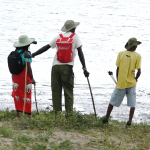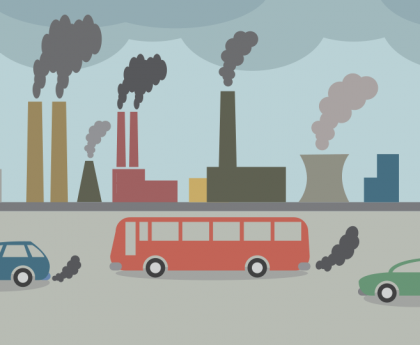Thick clouds of plastic waste engulf the once-pristine Njoro River, painting a distressing picture that has struck fear among Nakuru’s residents. This alarming environmental crisis spans a staggering 57-kilometer stretch, leaving nearly 600,000 inhabitants deeply concerned about the fate of their essential water resource. Once a symbol of natural beauty, the river now grapples with the relentless onslaught of man-made pollution —prompting conservationists to mobilize for immediate action.
The shocking sight of plastic fields and foul-smelling dirty water, has sent shockwaves through the community. Plastic waste floats nonchalantly downstream, starting from the source found in the heart of Logoman forest, nestled within the Complex of Mau Forest, passing through Njoro, Ngata, Kapkures, Barut and making its way towards Lake Nakuru, posing grave threat to the delicate ecosystem of this soda lake, shrouding its once-glistening waters and jeopardizing its renowned status.
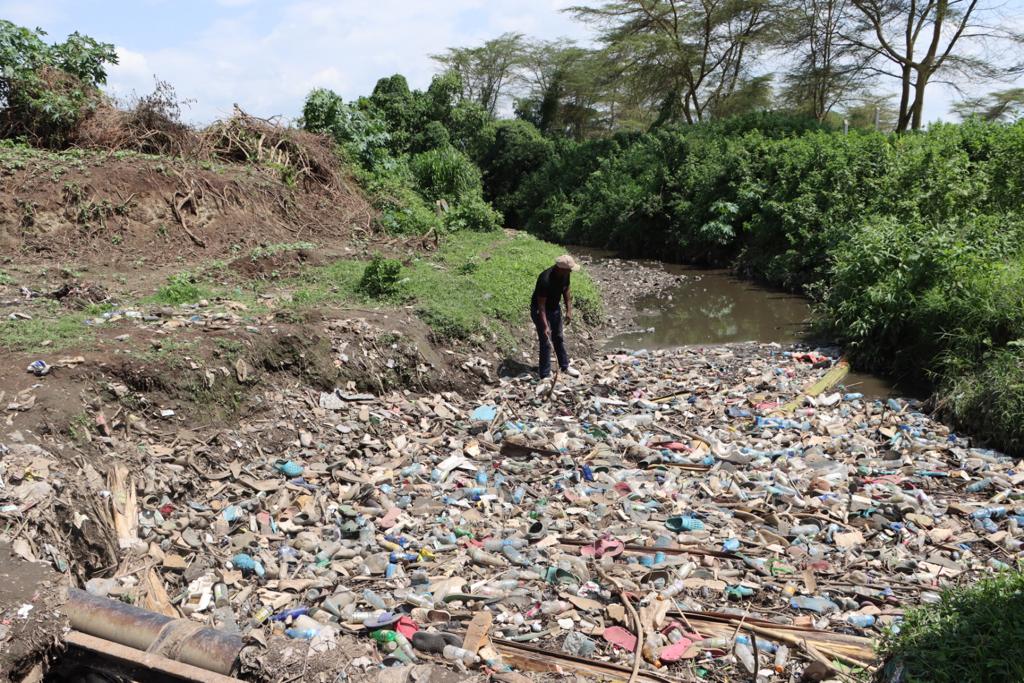
Scientists say that the direct dumping of untreated organic sewer into the river, poses risks to human health and water biodiversity, as it depletes the oxygen levels underwater.
According to Professor Charles M’erimba, a renowned water expert, the stinky, filthy mess is attributed to the unchecked disposal of detergent waste and untreated chemical residues into the river.
“Dumping organic waste into the Njoro River harms the aquatic organisms that play a vital role in maintaining water cleanliness,” said M’erimba. “When organic waste decomposes naturally in sewage, it reduces the water’s oxygen levels, which is detrimental to the river. Various aquatic creatures rely on high levels of oxygen for their survival.”
He added that too much waste leads to an increase in nitrate, resulting in the growth of algae. Ultimately, this leads to the loss of biodiversity.

The Njoro River, also known as Ndaragu River, holds a rich history. Flowing within Nakuru County, the river’s source is in the Eastern Mau Forest, which serves as the ancestral home of the indigenous Ogiek community.
The Mau Forest, the largest indigenous montane forest in East Africa, was officially declared as Crown Land by the authorities. Recognizing its ecological importance, it was subsequently designated as a National Reserve in 1945.
Despite these protective measures, the forest has been subjected to significant deforestation over the years.
Paul Leswagei, an Ogiek elder, retired councilor, and one of the pioneers of Community Forest Associations, highlights that the struggles for land for agriculture have led to the endangerment of the largest remaining indigenous forest in Kenya.
Leswagei, pointing his African Rungu, said that “Planting indigenous trees will benefit the soil and restore the forest’s original ecosystem.”
Research has shown that when large areas of trees are cut down, less rain falls and climate change worsens, a disaster for rivers because it interrupts the rain that feeds them.
According to a study published in Scientific Research by the Department of Agricultural and Biosystems Engineering at Kenyatta University, 2019, — land cover changes have a significant impact on the Njoro River. The study reveals that these changes restrict water from penetrating the ground, reduce the ground’s ability to absorb water, and lead to increased surface runoff. As a consequence, water flow is diminished during dry seasons.
“The degradation of River Njoro is exacerbated by a high urban population encroaching on once quiet rural homes,” said Kamau Muchiri, the vice chair of Water Resource Associations (WRUAs) Njoro chapter.
“Most pollutants enter rivers after rainfall, as agricultural, sewer, and industrial waste from farmland, slaughterhouses, and homesteads are dumped into the river due to the absence of a designated dumpsite in Njoro,” stated Muchiri.
He emphasized that the poverty in the area leads to heavy reliance on the river and its ecosystem, making the community highly vulnerable.
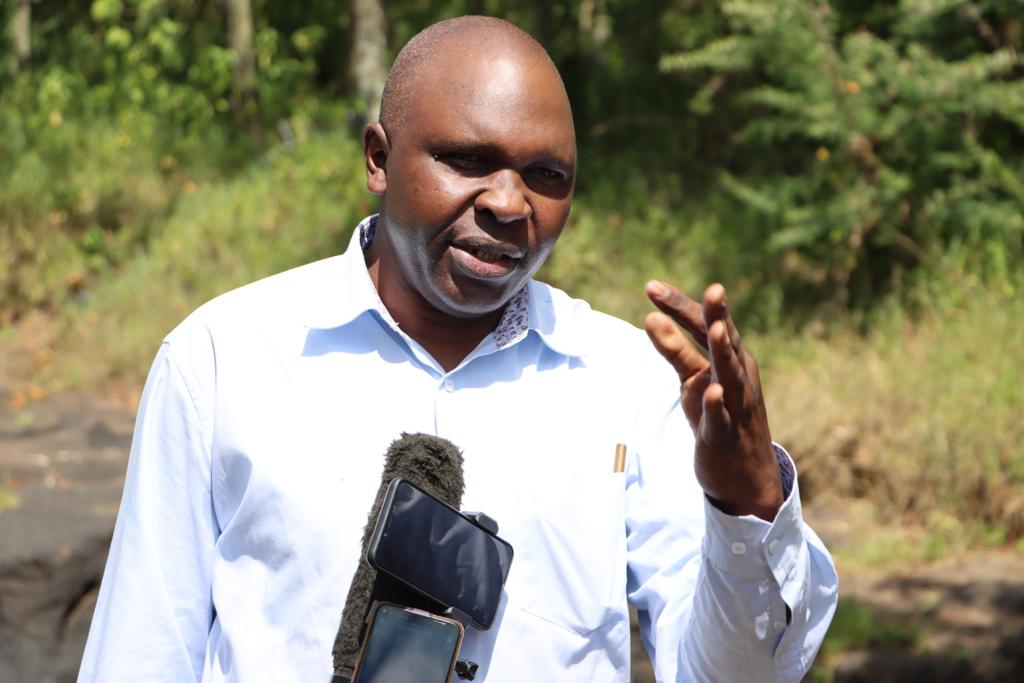
In the area’s water crisis, women and children shoulder the brunt of the burden as they bear the responsibility of securing essential water resources for their families’ survival.
Chebet Mercy, a young rural mother living in Nessuit, articulates the personal impact of the pollution of the Njoro River. “Recently, we have been facing water shortages during the dry season in January, resulting in our springs becoming seasonal. This was not the case a few years ago when water was available year-round,” explained Mercy, her voice tinged with concern, as she looked shyly at the camera.
“Now, we are compelled to live the safety of spring water to undertake long journeys to collect water in Njoro river, carrying heavy vessels with our children on our backs. As a result, cooking food for the kids is often delayed,” she said.
Mercy expressed her worry about the children’s health, stating, “even now, because the water in these springs is open, children play around and step on the springs, contaminating the clean water. However, we have no other option but to use it.”
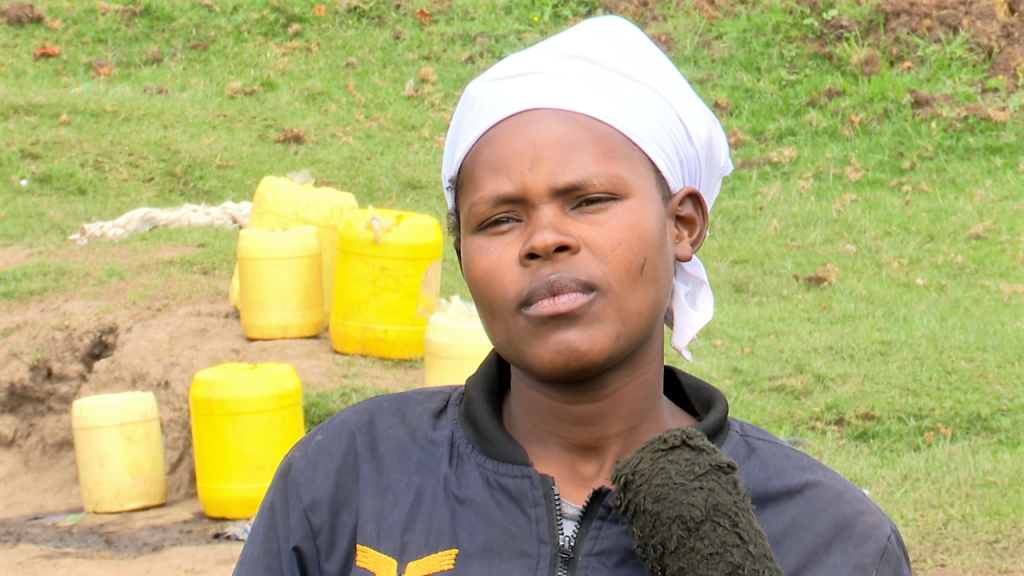
Despite approximately 52 springs in the area, Mercy, along with many other women in the community, experiences the harsh reality of water scarcity.
Lornah Chepkirui, a community health volunteer (CHV) dedicated to engaging women and improving water health, underscores the struggles faced by women and children.
“When herding cattle, both children and livestock share the same scarce resources, swimming, drinking, and bathing, next to cattle drinking water. This situation exposes them to a higher risk of waterborne diseases.” She points out.
She further reveals the prevalent cases of cholera, diarrhea, and typhoid among the community, emphasizing the heightened vulnerability of children.
In response to the dire situation in the area, World Wide Fund for Nature Kenya (WWF-Kenya), a non-governmental conservation organization, collaborates with the community to promote sustainable water management practices and environmental conservation.
WWF- Kenya, trains Community Forest Associations (CFAs), Water Resource User Associations (WRUAs), and the agricultural sector to provide civil education to the community and change perceptions, raising awareness about the river.
“These concerted efforts contribute to crucial conservation initiatives aimed at safeguarding the water resources and the communities reliant on them,” stated Jackson Kiplagat, Head of Conservation at WWF-Kenya.
Philip Ngok, chairman of WRUA, NGATA chapter, trained by WWF-Kenya, conducts monthly water assessments to gauge the river’s health.
“We conduct assessments every third week of the month on the same day and time. This effort provides crucial data for identifying areas requiring action and understanding the underlying causes and solutions.” Ngok explained.
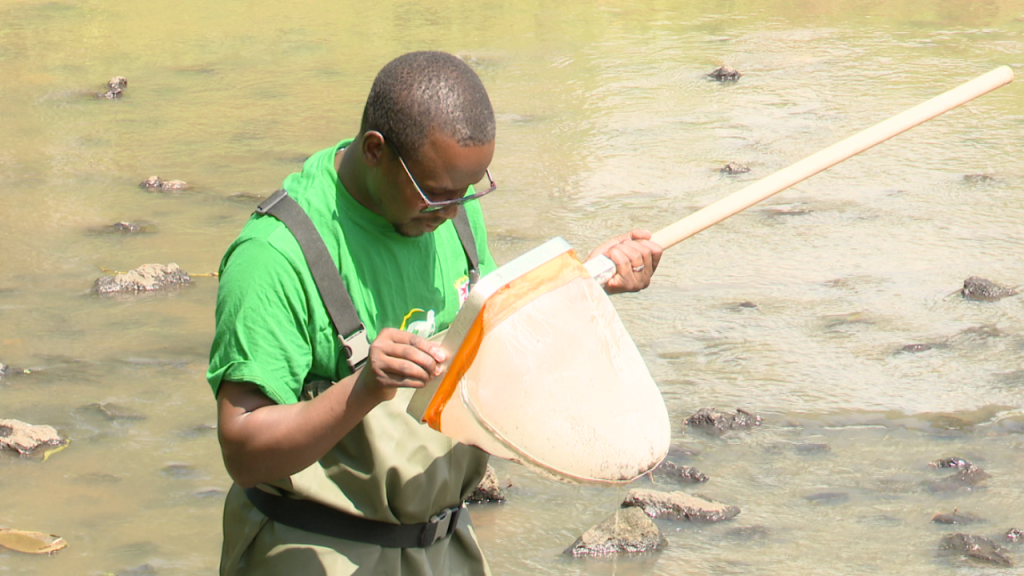
The WRUA members oversee waste management, riparian land protection, and collaborate with government agencies to prevent conflicts over water resources during dry seasons.
“Recognizing the genuine needs of the community, we enforce necessary restrictions. Irrigation without a permit is strictly prohibited, and cutting down trees is met with legal consequences, including arrest,” stated Charles Koech, the Local Area Sub Chief.
Koech recognizes the invaluable support of WWF-Kenya in training local leaders for regional conservation and emphasizes the criticality of community unity in peacefully sharing the limited water resource amidst climate change and nomadic influx.
“We are empowered to work together, fostering a strong sense of community and ensuring sustainable water management.” He adds.
Women in Neissuit, Logoman Forest, have launched a women-led tree seedling project. They are cultivating their own tree seedlings nursery with the goal of selling them to WWF-Kenya and other community members for planting in the Njoro River basin. This project aims to empower women economically and contribute to reforestation and environmental conservation efforts.
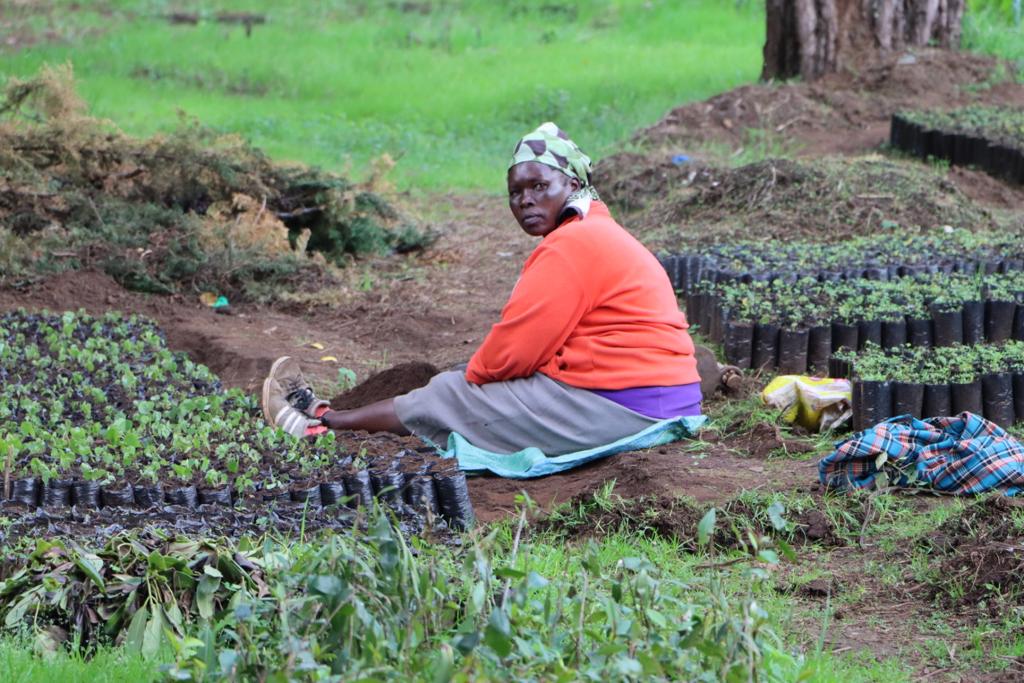
“By selling indigenous tree seedlings at about 35 Kshs and offering three free for every 10 purchased, we encourage individuals to invest in tree planting and value the process,” says William Leleshwa, CFA treasurer in Nessuit Ward. He emphasizes that people value what they invest their money in.
“We educate the community on tree planting techniques, suitable locations, and tree species for effective restoration.” Leleshwa says.
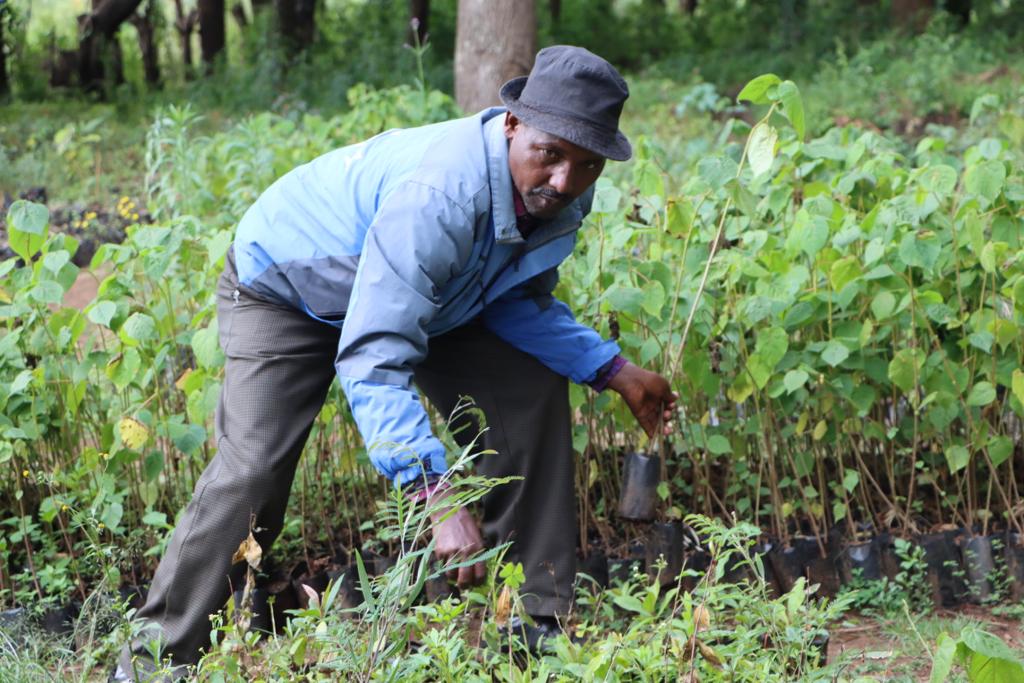
While proactive steps are being taken at the River Njoro Water shade community, such as; tree planting, river cleaning, and community education on water conservation — community leaders and organizations stress the need for policymakers to prioritize the impact of River Njoro. They emphasize enforcing existing rules to protect riparian land and highlight financial challenges faced by community-led initiatives.
According to Francis Ngonino, WRUA Chairman of Neissuit Ward, persistent financial challenges also need to be addressed as community-led initiatives require support for outreach and education efforts.
“We appeal for assistance from well-wishers and government support to help protect River Njoro.”
Environmentalists stress the increasing urgency to protect the vital water source of River Njoro, emphasizing the collective responsibility to adopt sustainable practices, support community-led initiatives, and call for strong policies.
Professor M’Erimba proposes three crucial steps that are essential for safeguarding the long-term sustainability of River Njoro.
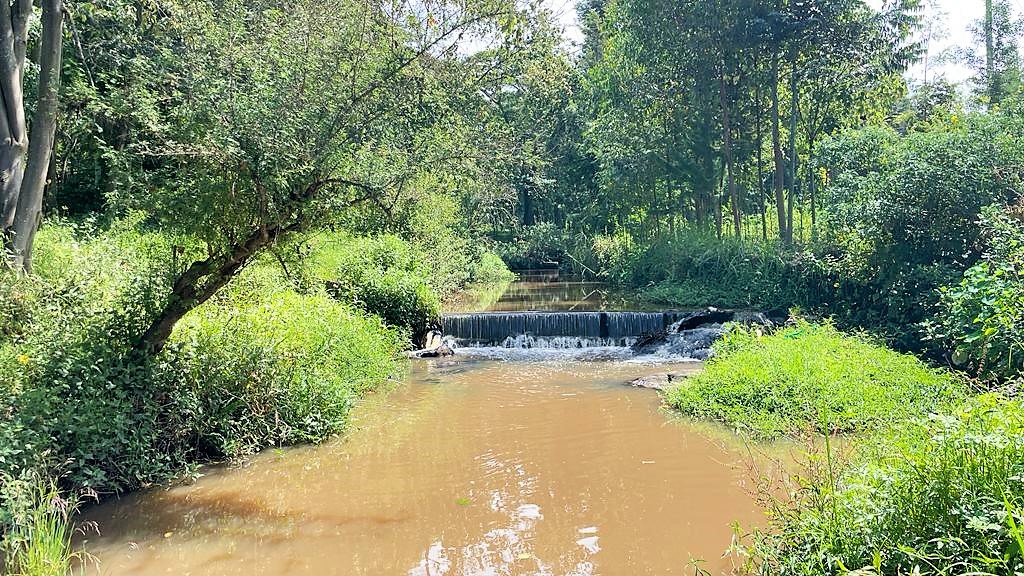
He calls for government assistance in addressing water scarcity by preventing conflicts over contaminated sources. This includes providing direct water access to communities and designated drinking areas for cattle.
The professor also highlights the importance of ceasing poor agricultural practices, such as farming on riparian land, and implementing measures like terracing, planting Nappier grass, and indigenous trees near the river to mitigate contamination risks.
He further urges the discontinuation of clothes washing by the riverside.
“By addressing these aspects, the Njoro River will be restored to a healthy state,” Professor M’Erimba concludes.


